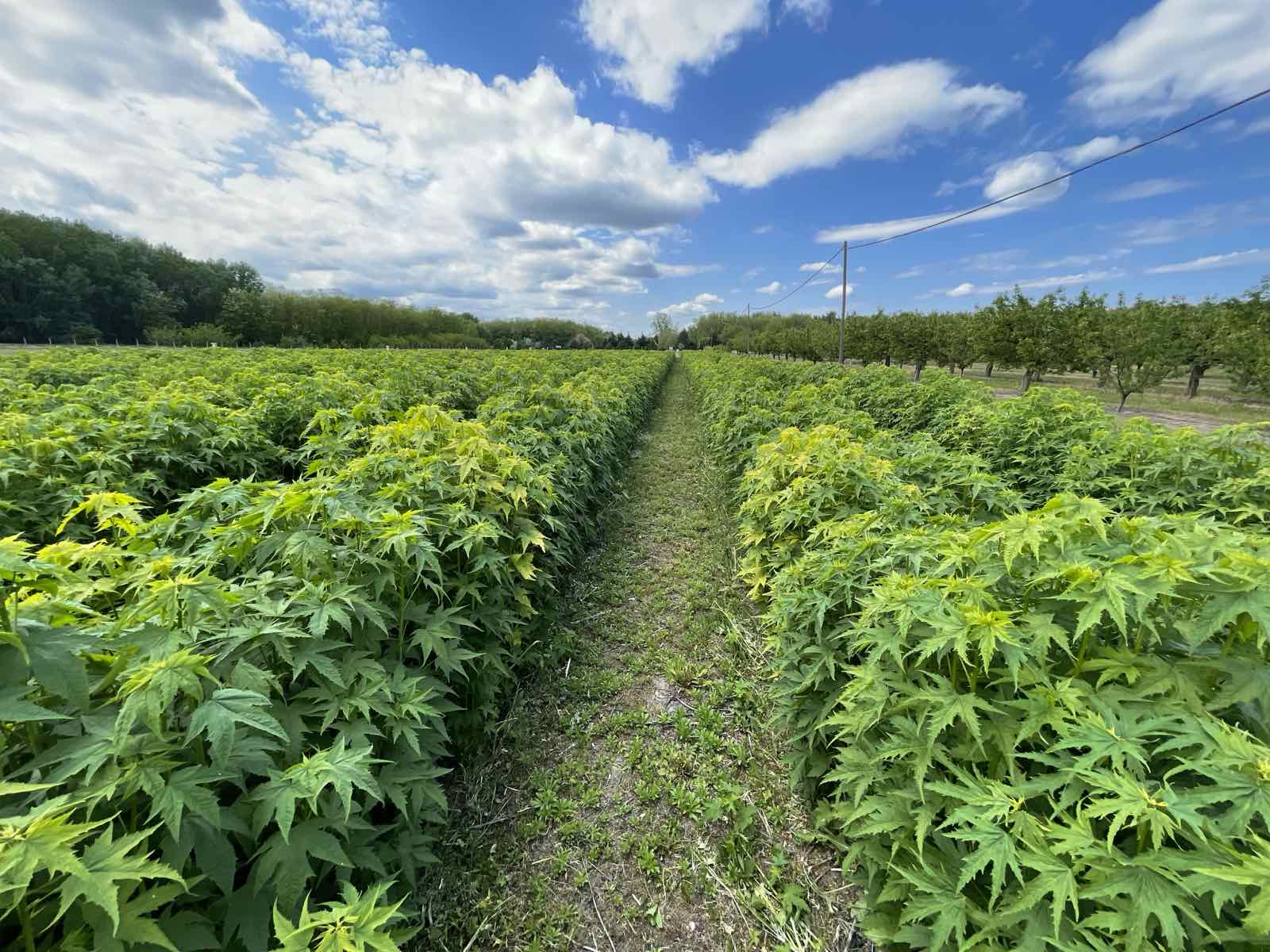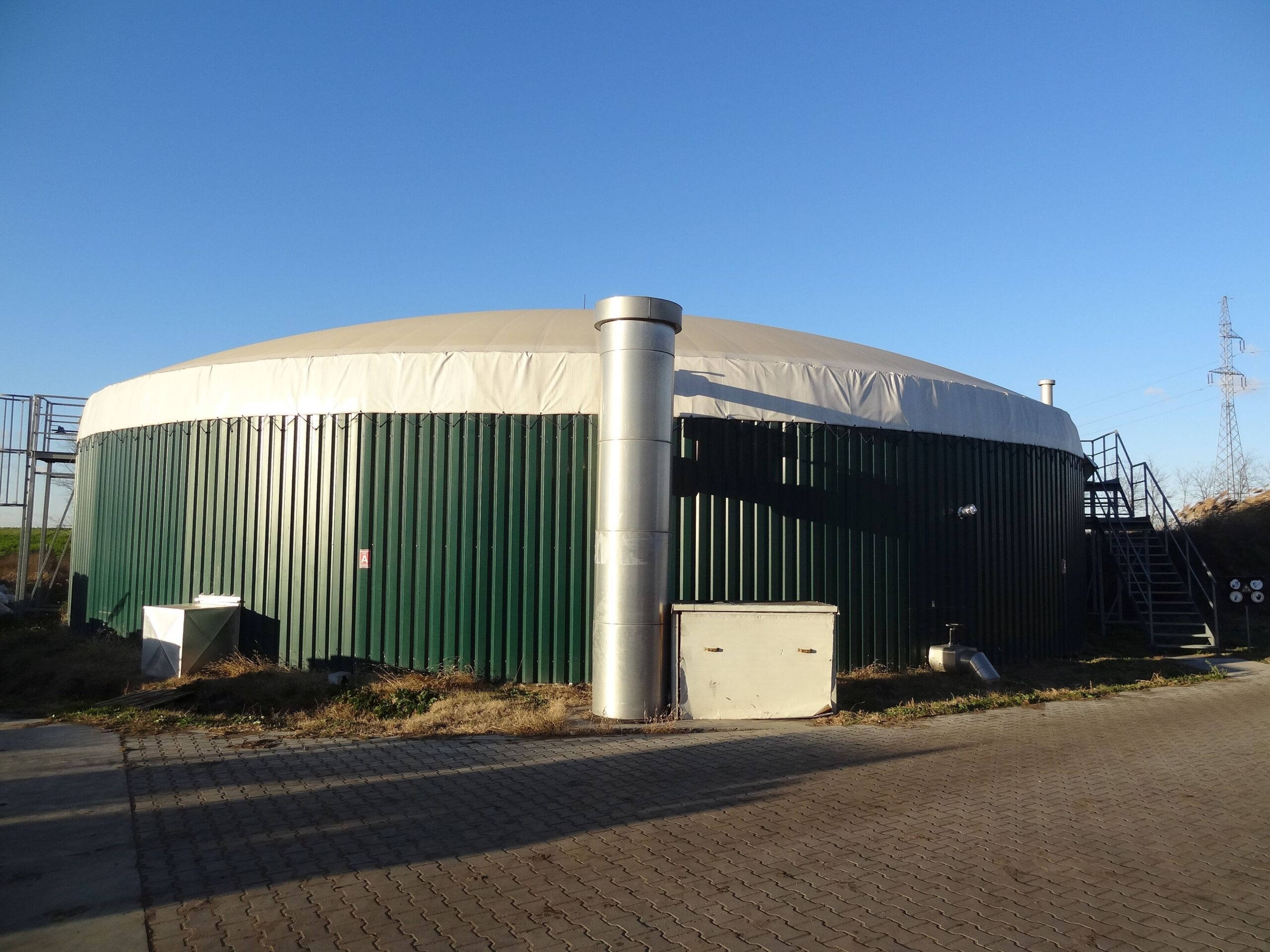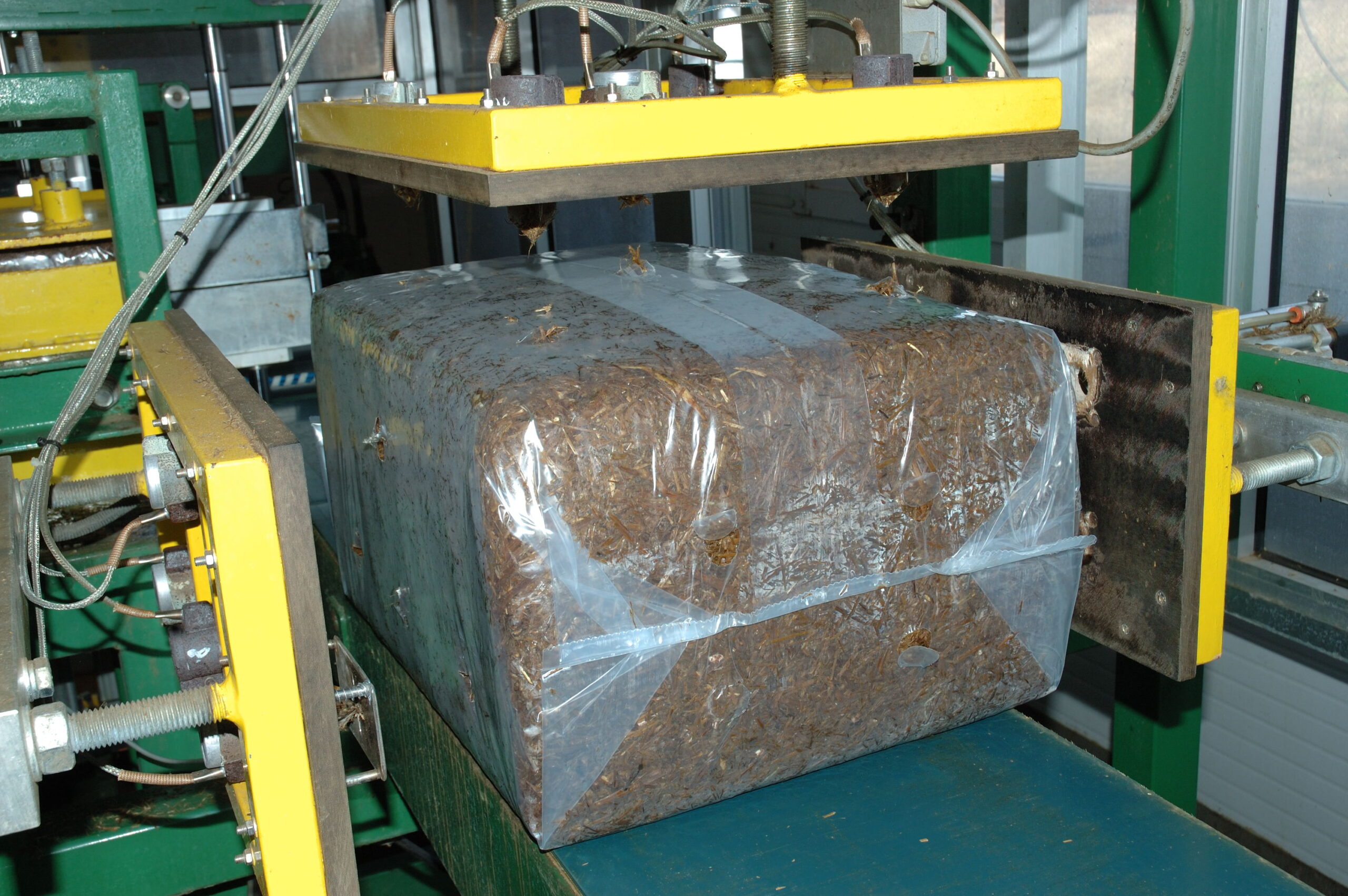
Cultivating in Lands with Low Organic Matter
The use case is located in the Southern Great Plains near the city of Kecskemét, an area known for its semi-arid terrain and sandy soils. Agriculture in this region primarily focuses on fruit cultivation, wine production, vegetable farming, and food processing. Farms are typically small, averaging between 5 and 8 hectares, and farmsteads are a common and distinctive feature of the landscape.
📍 Location: Southern Great Plain, Hungary
🌾Area: 1 ha
🌡️Climate: Semi-deserted
🌱 Bio-based products: Oyster mushrooms, oyster mushroom substrate, animal feed, biogas, fertiliser


Main Challenges
The project area was an abandoned orchard with sandy soil characterised by low and decreasing groundwater level, low nutrient content and low retention capability. As groundwater has decreased in recent years and precipitation has become infrequent, it is impossible to maintain agriculture without irrigation. These adverse conditions affect the region’s agricultural productivity and local economy. Implementing alternatives to build a more resilient agricultural production system is a key challenge, especially by minimising irrigation requirements, integrating new irrigation technology, boosting soil organic matter and guaranteeing the circular use of biomass.
Socioeconomic factors

Labor challenges – The region encompasses a growing aging population, widening salary disparities, and escalating costs. These issues are a result of labour-intensive practices, a diminishing younger generation’s involvement in farming, and the lure of competitive salaries in neighbouring industries.

Unknown market – Lack of predictability about market potential of the end product from the use case and the market environment can be changed.
Solution with Margin-Up!
The Hungarian use case implements the cultivation of herbaceous and woody lignocellulosic crops—specifically the Virginia mallow (Sida hermaphrodita) and the Perennial rye (Secale cereanum)—as an alternative for sandy soils. The objective is to transform the crops into substrate to grow oyster mushrooms and generate a cascade use in the circular oyster mushroom value chain. To achieve this, the spent mushroom substrate is used as animal feed and also treated in a biogas plant to generate the electricity and heat required for mushroom cultivation. The by-products of bioenergy production are then used as fertiliser for the crop fields, thus completing the circular production process.
A new business model is expected to arise, showing the feasibility of producing lignocellulosic biomass under marginal conditions with sustainable agro-environmental measures and for industrial cascaded application. MarginUp! is developing a circular value chain for alternative biomass crops, from which the various stakeholders involved in the process could benefit.


Benefits
MarginUp!’s proposed alternative land uses offer various social, environmental, and economic benefits.
Biodiversity enhancement
Circular use of biomass
Replication potential
Improved soil quality and productivity
Water optimised production
New regional business models
Stakeholders Engaged
- Farmers
- Agricultural and agroforestry experts
- Bio-based businesses
- Research and innovation organisations
- Local and regional institutions
- Decision makers
- Potential customers
Interest Groups
- Farmers in Mediterranean and drought-prone regions
- Livestock farmers
- Bioenergy and biogas producers
- Biodiversity monitoring and ecosystem services experts
- Policymakers supporting sustainable agriculture and land restoration
Implemented actions
New herbaceous and woody crops, such as Sida hermaphrodita, have been cultivated on this marginal land. This type of biomass plant has previously been cultivated in field experiments. The whole process (planting, watering, weeding and harvesting) is tested during the project in a semi-desert climatic situation. A first harvesting attempt took place in February 2024, and new storage technology was introduced to ensure that the mushroom substrate is kept dry. The team also conducted a crop yield analysis from a first mushroom cultivation experiment.


Timeline
Soil preparation, seedlings were planted, and irrigation and mechanical weed control took place.
Harvesting, irrigating and mechanical weed control.
Assess crops impact on the main biodiversity indicators.
Validate harvesting and storage technology.
Engage local farmers through outreach.
Implement ageing tests to analyse feeding capacities for dairy cows.
Observe the possible value chains.
Consolidate good agricultural practices for the cultivation, harvesting and storage of the crops.
Start using the biomass as a mushroom substrate.
Analyse the production possibilities of Secale cereanum.
Expected Results
- Consolidate good agricultural practices for the cultivation, harvesting and storage of the Sida hermaphrodita and Secale cereanum crops.
- Develop a circular value chain around biomass crops and oyster mushrooms in conformity with legal and policy criteria.
- Develop a new raw material, recipe, and formulation for oyster mushroom substrate, envisaging the production of bio-products such as biogas, digestate and compost.
Replication Potential
High replication potential for water-stressed or scarce areas with a high risk of desertification, especially for regions in which farmers’ economic activities are impacted by these adverse conditions. The model could be of special interest to regions in Southern Europe with similar natural conditions.
